The Berlin Tunnel was an Anglo-American eavesdropping operation mounted against Russian-controlled East Berlin in 1955–56. It was a technical and engineering triumph which yielded a vast hoard of intelligence and, crucially, guaranteed early warning of any surprise Russian attack (as was mooted by the Russian military). Yet it was betrayed to the Russians by the British spy George Blake before a single sod was dug. This well-researched and readable account tells both stories, showing how they fed into each other.
High-grade information on Russian military capabilities and intentions were scarce. One of few successful sources was an MI6 tunnel in Vienna, tapping into Russian underground communications cables. The MI6 head of station there, Peter Lunn, was then posted to Berlin, where he looked to repeat his Viennese success.
A combination of covert surveying and agents in the East German telecommunications network identified a favourable starting point in the US sector of West Berlin. It offered access to three major trunk cables carrying hundreds of Russian military circuits as well as the critical high-security Berlin-Moscow link. But the target cables were 1,500 feet away beneath East Berlin, tunnelling to which would be a much bigger operation than in Vienna. It could not be done without major US co-operation.
MI6 and the CIA collaborated. Within sight and sound of East German border guards the Americans dug and paid for the tunnel while the British dug and equipped the vertical shaft at the end and did the actual tapping. Three six-man crews of US army engineers excavated by hand about 11 feet a day, working eight-hour shifts. At the far end British army engineers dug to within 12 inches of the road surface in order to reach their two-inch target. They could hear people walking overhead. Once the cables were exposed the taps were put on by experts from the Post Office’s special investigations unit.
Despite problems — particularly sewerage — the fact that the job was accomplished and secrecy maintained was due largely to the co-operation and friendship between two contrasting characters: Lunn, a slim, quiet debonair Catholic who had captained the British Olympic ski team, and his CIA equivalent, Bill Harvey, a foul-mouthed, gun-toting, hard-drinking, overweight non-believer.
The operation ran for 11 months and 11 days. Output was prolific: Russian-speakers in London had to transcribe 1,300 voice recordings a day, while the numerous teletype communications were transcribed in Washington. About 90,000 translated messages and conversations were summarised in 1,750 reports.
Yet the KGB knew about it all along.
George Blake served courageously in the Dutch resistance during the second world war and was recruited into MI6 where he learned Russian. Posted to Seoul and imprisoned with other embassy staff when the North Koreans invaded, he coped well with harsh conditions; but, unknown to his fellow prisoners, he secretly volunteered or was persuaded — probably a bit of each — to spy for the KGB on release. This he did, having by good luck escaped surveillance at his first meeting with his KGB case officer. When the initial Anglo–US planning meeting for the Berlin tunnel was held in MI6’s elegant premises in Carlton Gardens the minute-taker was George Blake. From that day on he fed the KGB every detail on the tunnel, as well as much else.
Later he was posted to work for Peter Lunn in Berlin. The tunnel was under construction, but Blake could no longer report on its progress because he was tasked with agent-running and wasn’t part of the tunnel team. Lunn, observing restrictive security, did not discuss it with him. Blake was, however, able to betray to the Russians large numbers of MI6 agents before he was recalled to London, pending a posting to Lebanon to learn Arabic. He came under suspicion, was questioned and confessed — ironically in the very room in which the first tunnel meeting was held. Convicted and imprisoned, he escaped from Wormwood Scrubs with the help of criminals and lives now, a nonagenarian, outside Moscow.
Blake’s story has been told before, as has the tunnel’s, but Steve Vogel pulls them together accessibly and comprehensibly, along with the wider political context and entertaining detail about personalities of the period (Khrushchev blundering into Lady Eden’s room at Chequers, for example). He also answers the key question: why did the KGB allow the tunnel to operate for so long before ‘discovering’ and closing it?
First, to protect their source, regarding Blake’s long-term prospects as more important than his information. Second, because they had no idea of the value and volume of intelligence produced, including much on themselves. Vogel convincingly refutes any suggestion that the tunnel was manipulated by the Russians to provide disinformation.
The Cold War is a huge story, of which this was a small part; but it was crucial in its time and this is a very good account of it.
Got something to add? Join the discussion and comment below.
Get 10 issues for just $10
Subscribe to The Spectator Australia today for the next 10 magazine issues, plus full online access, for just $10.
You might disagree with half of it, but you’ll enjoy reading all of it. Try your first month for free, then just $2 a week for the remainder of your first year.

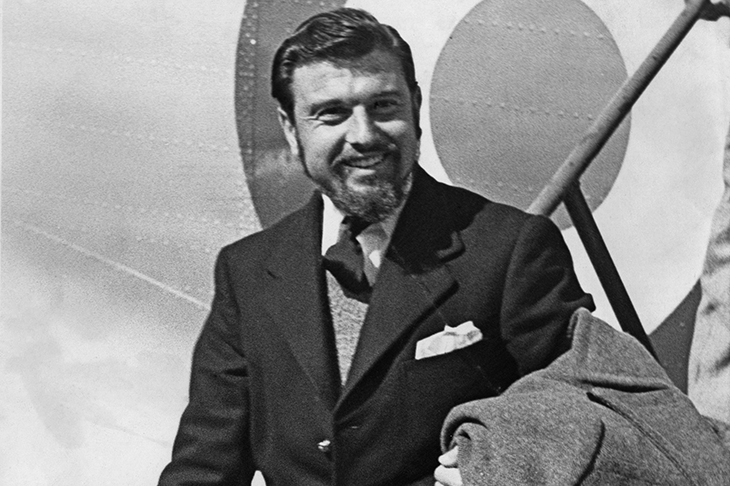
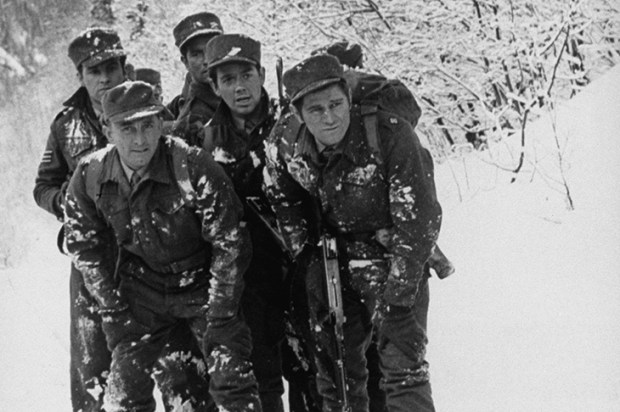
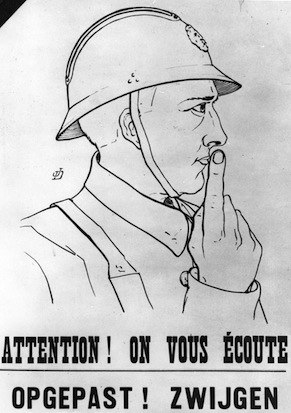
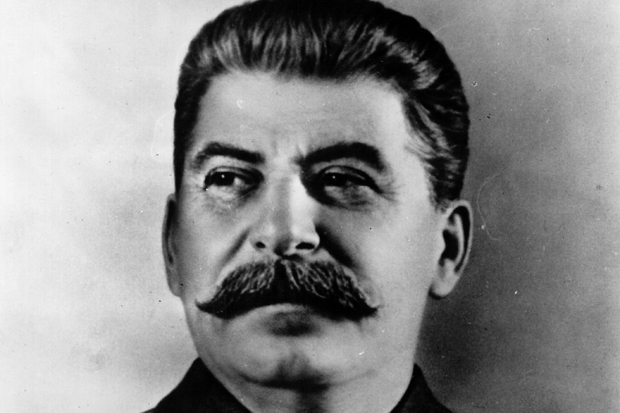
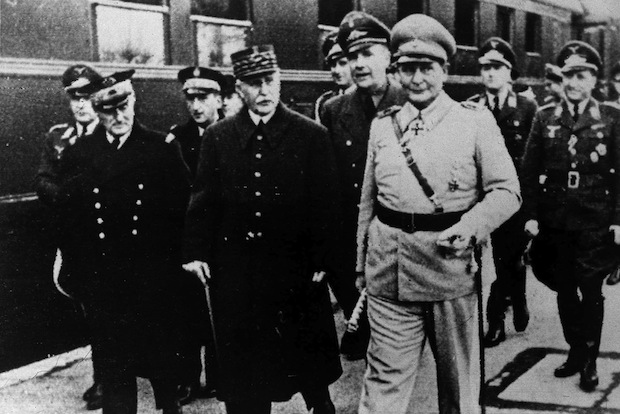
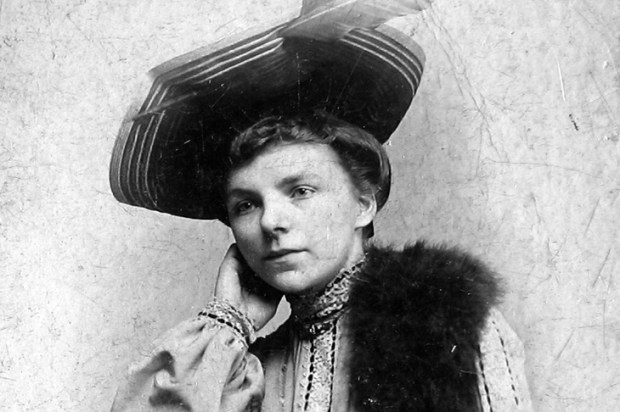
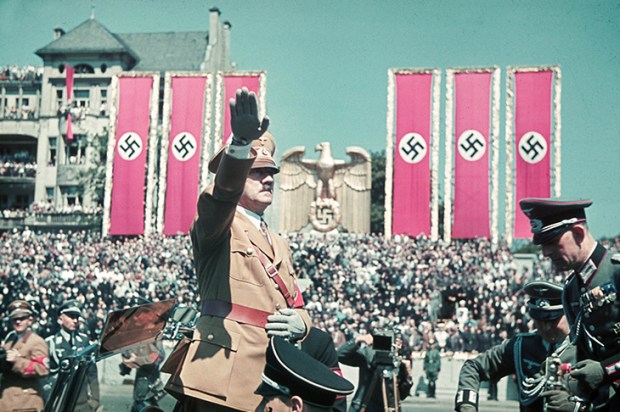






Comments
Don't miss out
Join the conversation with other Spectator Australia readers. Subscribe to leave a comment.
SUBSCRIBEAlready a subscriber? Log in